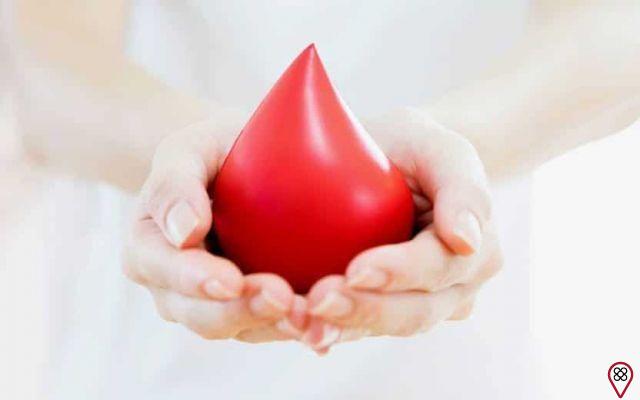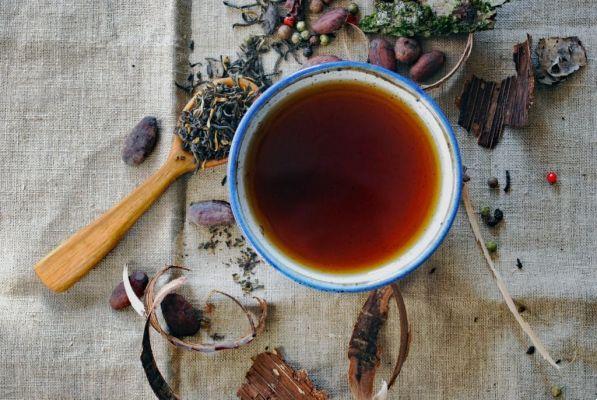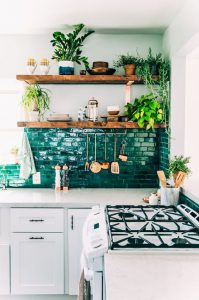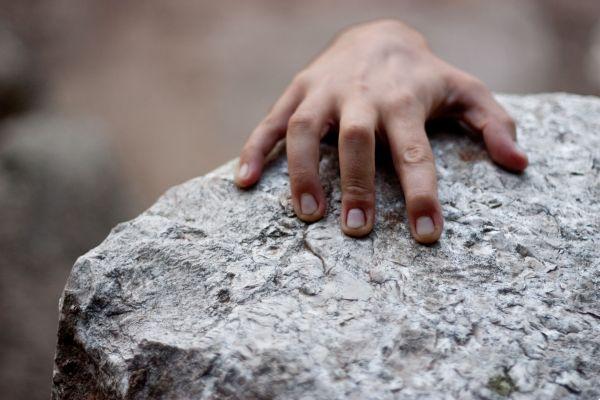Having a house with plants is living in an extremely cozy environment. But in addition to the warmth that this little piece of nature brings us, any place decorated with plants is more beautiful and even healthier for those who frequent it. However, we often come across changes in their coloring… By any chance, has any plant in your house already turned yellow? Have you ever noticed that some leaves were "strange" and didn't know why such a change, much less what to do? Calm down! Today we will help you to understand a little more about the yellow of plants and we will teach you how to treat them!
But before any explanation, you need to understand that these color changes in plants are caused by different and extremely normal reasons – and most of them are not your fault! Read on and learn what to do with yellow plants!
Why do plant leaves turn yellow?
Any change in the appearance of the plants indicates that there is some disease or imbalance present. The yellow color usually appears when there is a low amount of chlorophyll in the leaves, and so the plant ends up not being able to turn its food into energy. This lack of pigments can be the result of a few reasons, and below you will learn about the five main factors that end up altering the health of your plants.
Pests
If, in addition to the yellow color, the leaves have holes or a junction of tiny animals at certain points, this means that your plants are affected by pests or fungi - some insects, aphids, mealybugs, bacterial or viral diseases are usually common diseases that lodge in plants.
Sun light
The amount of sunlight needed for good plant health often varies by species – and this is extremely important for your plant to stay healthy. Yellowing of leaves can be caused by too much sunlight, too much draft, or a lack of both – it takes balance!
Nutrients
To stay strong and healthy, plants need at least 13 important nutrients that they get from the soil. If there is a lack of any of them, the nutrition deficiency can turn the leaves yellow.
excess water
Over-watering is often the most common factor that causes plants to turn yellow. When you water the roots too much, you can end up “drowning” them, which impairs the absorption of nutrients and ends up changing the color of the leaves.
Lack of water
Watering the plants less than necessary causes them to “drop” most of the strong leaves so that the water that nourishes them is saved. So, before the leaves completely fall off, they turn yellow.
Plants with yellowed leaves: what to do
In most cases, it is possible to make the plants return to normal, even after they acquire a yellowish color. First, you need to identify what caused such a color change. Find out how to act in each case:
1 - Pests
In this case, you need to pluck the leaves that are yellow, change your potted plant and pay close attention to soil moisture and sun exposure. Balance is extremely necessary for a plant to remain healthy, however, if pests persist, apply some type of natural or organic repellent to the entire length of your plants;
2 – Sunlight
Change your floor plan! It shouldn't stay in the sun for too long, especially at times when the sunlight is strongest – just as it shouldn't stay in the shade all the time. Leave it for a few hours in the light sun, and then in the shade. Also avoid leaving it exposed to very strong winds.
3 - Nutrients
It is necessary to pay attention to the nutrient that is lacking in the plant so that the necessary measure can be taken. Of the 13 essential nutrients for the good health of leaves, only six of them cause their yellowing. Check out:
- Potassium: when there is a lack of potassium, the tips of the leaves turn yellow. To cure them, you need to bury citrus peels in the earth, like lemons and oranges, for example, and add some kind of compost that contains fruit and vegetable residues;
- Nitrogen: in the absence of nitrogen, the veins of the leaves will turn yellow, and to end this problem, put organic fertilizer containing coffee grounds and manure on the ground;
- Calcium: lack of calcium makes the plants irregularly misshapen and yellowish. In this case, everything will depend on the soil in which the plant is rooted. If it is acidic, add lime; if alkaline, add gypsum;
- Zinc: it is possible to notice the lack of zinc when the leaves are with low coloration between the larger veins. It is necessary to add a spray with seaweed extract to the soil and also to the leaves to solve the lack of this nutrient;
- Iron: when iron is deficient, the leaves become green veined and the rest of the plant turns yellow. In this case, you will need to lower the pH of the soil by adding organic matter;
- Magnesium: a lack of magnesium is characterized by white streaks along the leaf veins, followed by a more subtle yellowish tinge. To treat, add magnesium sulfate to the soil.
4 - Excess water
Water the land more carefully! Always pay attention to it: when it is wet, water it only the next day!
5 - Lack of water
If the reason your plants are yellowing is a lack of water, chances are they won't recover, and you'll have to prune them. But try to pay more attention to the earth. Never let it get extremely dry. Water it regularly and often, always very carefully!
When do leaves turn yellow?
Many people who have plants at home don't worry when they notice yellow and wrinkled leaves in the pots they collect, even because the leaves turn yellow in autumn. So, it seems that this is a natural and healthy process of vegetations, right? Not necessarily.
The leaves of a plant can turn yellow for several reasons, and it is essential that you understand each one of them to identify which is the case of your little plant.
1) Sun exposure
If your plant is exposed to the sun excessively, it is possible that the rays of this star are fading its foliage, turning it yellow.
2) Fertilization
Both the lack and excess of fertilizer can end up yellowing the leaves of a plant. If the nutrients are in excess, the transformation will be very fast, throughout the vegetable. If they are missing, the color change will be slower.
3) Rega
Too much water causes a plant to turn yellow, and the stem can even end up loosening, turning brown at the tip. At the same time, the lack of water causes the leaves to turn yellow and twisted.
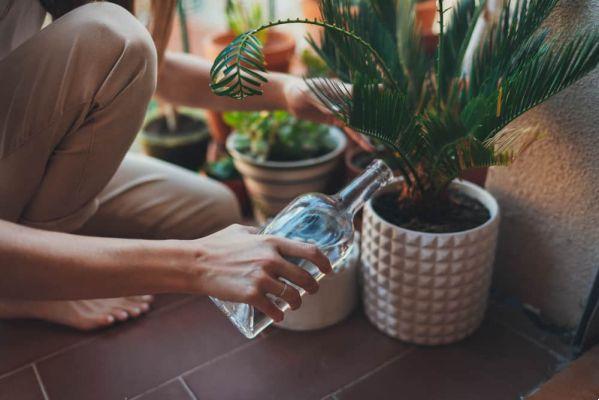
4) Diseases
Although it is a slightly rarer case, it is possible for a plant to have uneven yellow leaves due to a disease. In this case, the change appears only in some parts of the plant.
5) glass
A pot that is too small for a plant that needs space is the perfect recipe for it to turn yellow and look unhealthy. That's why we need to understand the plant's needs before identifying where it will go.
What to use to treat yellow leaves on plants?
To treat yellow leaves, you need, first of all, to investigate what is the exact cause of this change. From there, you will know what to do. For example, if your plant is yellow because it gets too much sun, leave it in the shade for a while. Adjust the location of the vase, water it and keep an eye out for possible diseases.
However, this adjustment can be a little more complicated in the case of leaves that are yellowed due to a lack of nutrients. If the leaves in question are older, your plant may be lacking micronutrients. If the yellow color appears on new leaves, the soil needs a fertilizer for yellowing leaves with macronutrients.
How to recover a sunburned plant?
Another common problem in yellowing plants, in addition to the lack of nutrients, is the burning of the leaves by the sun. You might think the plant won't recover if you just put it in the shade, but that's what will happen!
As soon as you notice that your plant has been scorched by the sun, move the pot to the shade and water the soil daily, until the leaves are hydrated again. If this strategy doesn't work, continue investigating the possible causes of yellowing leaves.
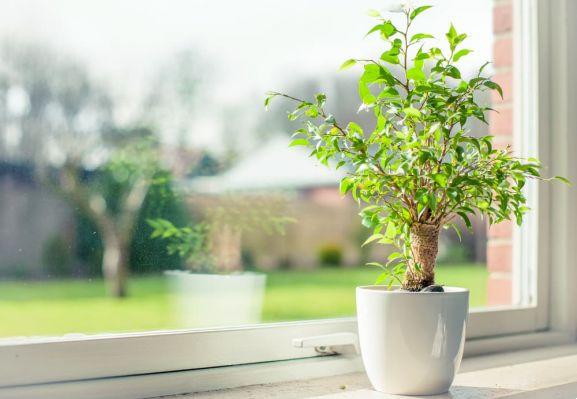
Boa constrictor with yellow leaves: what to do
A plant that is reputed to be immortal and very easy to care for is the boa constrictor. Despite this, even it can present some problems, like the ones we discussed in the previous topics. A boa constrictor with yellow, wilted leaves is not a good sign, for example.
So, if your boa has turned yellow, it's possible that you're watering your plant too much or that the soil isn't well-draining. To solve the problem, decrease the frequency of irrigation and make sure the soil is not accumulating water.
Even though boa constriction yellowing is an easy problem to solve, there is another factor that can lead to the color transformation of some plants. Learn more about him in the next item.
You might also like:
- Find out what happens to plants in autumn and learn how to care for them!
- Discover the plants that can help you have a healthier life
- Understand what unconventional food plants are
natural aging
If your plant does not show any of the changes mentioned above, the yellowing of the leaves is probably a result of natural aging. Because they are living beings, many species have a certain life span and end up deteriorating over time.
Tips: to keep the plants always healthy, pass a dry cloth on the leaves so that there is no accumulation of dirt or dust. Make a habit of fertilizing, watering, placing and taking out of the sun the plants you have in your home. They need attention, lots of care and even affection!
As much as it is scary and sad to realize that there are yellowed leaves on our plants, it is possible to treat them so that they return to their normal health. Never forget to always observe the environment in which they live! All care is necessary when avoiding the problems mentioned in this article.









